Envision
How can Blockchain Technology help in Port Logistics

The Port Community System is a major step towards digitalization, but it might be in need of an upgrade. Some port processes are still very old compared to those in other sectors. There is the redundancy of information regarding transactions and current processes are sometimes inefficient, still requiring phone calls and paper documentation.
Blockchain technology could tremendously influence future port logistics and the digitalization of the ports. The potential of blockchain technology lies in exploiting and extending networks.
The technology can connect parties that were not previously connected, enable new forms of collaboration, and create new business opportunities. In port logistics, blockchain has the potential to transform and disrupt port processes by documenting, validating, and securing each event in the chain.
“Blockchain should only be used if a large number of people are involved and if there is a limited amount of trust between them, but there are clear incentives to work together, and if data needs to be immutable. Blockchain can cope with high coordination and establishes trust between parties. However, it requires a clear incentive and if it does not actually add value, then it could be a great waste of time and energy to invest in it.”
How Can Blockchain add value to the Ports?
Trust
Because blockchain is based on shared consensus among different parties, the information on the blockchain is reliable. Over time, partners build up a reputation on the blockchain which
demonstrates their credibility to one another. Furthermore, because trust can be established by the blockchain network, a third party that arranges trade between two partners will no longer be necessary. In order to establish sufficient trust to become involved in a blockchain network, the motives and goals of the involved parties must be clear. The reputation of the participating organizations is now transparent and grows over time. In the port, it is important that companies in the chain can trust each other in order to share information and increase efficiency in shared processes.
Security
The validity of the information stored on the blockchain is ensured by an encryption mechanism. This provides a solution for the complex process of writing information and validating information on the ledger. The complex mechanism not only ensures the validity of the information but also prevents fraud. In practice, after six blocks have been added to each other, changing the information stored on the block becomes highly unlikely.
Visibility
Introducing blockchain technology will increase visibility in the supply chain. For port logistics, this could mean that certain containers or products can easily be tracked and traced. Furthermore, enhanced visibility could also facilitate the exchange of information between different organizations. Through data sharing, critical information about the movement of containers throughout the port could improve port logistics. Real-time accessibility to each other’s information will speed up payments and the movement of containers.
For example, a container can currently only be released when the invoice of the container has been paid and a confirmation of the payment has been sent. In other words, the process steps are not connected across parties and most of the transactions require manual human intervention. With blockchain solutions, data is shared the moment the container is unloaded. The payment can be made and confirmed almost instantly, after which the container can be released. The process would take only a few minutes instead of days.
Network Expansion
Another way that blockchain adds value to port logistics and digitalization is the manner in which it stimulates network expansion and interconnectivity. In the case of a public and open blockchain solution, the network would become decentralized and the parties would be able to connect individually and not just via a centralized party. Furthermore, different blockchain networks could interact with each other around the world, allowing different ports opportunities to work together in a unique way.
Integration of supply chain flows
Blockchain technology can enable better integration of supply chain flows (physical, financial, and information flows). To move the physical flow of goods through the port, for example when unloading a container of its cargo, it is necessary for the various parties involved to share certain information. Some examples here are trade finance, information required by Customs, and every piece of information required by a party to perform consecutive tasks. Integrating these flows could give the port a new competitive advantage in the continuously changing supply chain environment. Moreover, new long-term contracts could be established with customers.
How could blockchain be implemented in Ports?
Current situation:
When a carrier enters the port, the cargo documentation is generally handled by the shipping agent and sent to the Port Community System (PCS). The PCS enables information distribution among the parties in the network to facilitate container movement throughout the process. However, the process steps are not systemically connected across parties and not all the parties involved are included in the network (insurance companies, banks). This process breakdown sums up the inefficient means of communication, leaving room for improvements that Blockchain can fulfill.
Blockchain as a means to store information:
The implementation of a blockchain platform may facilitate the exchange of information among the parties involved in the process. This can be achieved by storing the cargo information on the ledger. Instead of exchanging documentation, the parties involved in the process are granted permission to access the block where the information is stored. This leads to the creation of a unique, shared piece of information that can be accessed in real-time and with lower transaction costs. The process can be further accelerated by including parties that are currently external to the process (banks, insurance companies).
Blockchain applications:
The database can be further improved by implementing the Internet of Things (IoT) devices and connecting them as blockchain nodes. For instance, trackers can be mounted on containers so that smart devices can automatically record information on the blockchain without any user input. Moreover, sensors installed in the container can monitor the status of goods, providing information to the insurance company. Furthermore, by linking smart devices with smart contracts, it is also possible to fully automatize the process.
Conclusion and Recommendation :
The role of the port authorities becomes important. In the near future, they can take on the role of facilitator and booster of a specific network. They can bring together stakeholders and convince them whilst at the same time addressing the aforementioned concerns. In order to play an important role in the digital port of the future, they may start by developing standards for such a port. Also, they could take on a managerial and coordinating role and manage access as well as the integration of different blockchain applications. By staying on top of the developments and providing a transition path for companies, they will be able to ensure a role in the digital future of the port.
Write to Us sales@envisionesl.com
Talk to us today to know how our solutions can accelerate your digital transformation
Let's Talk


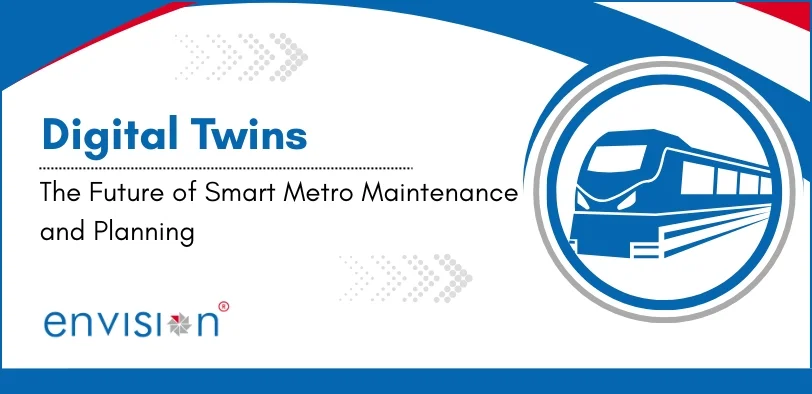

.webp)
.webp)
.webp)
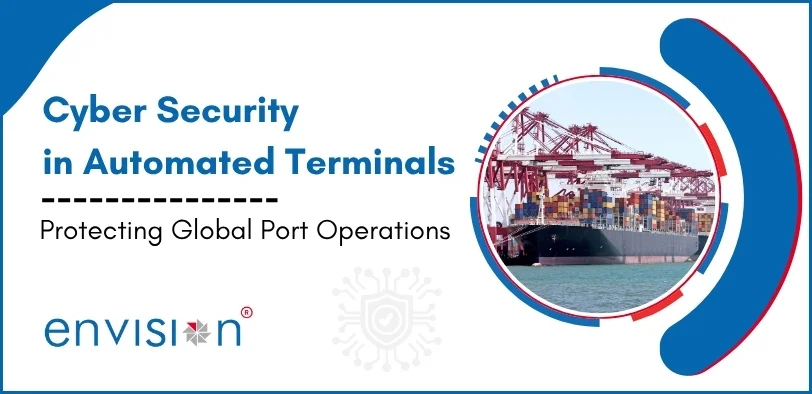



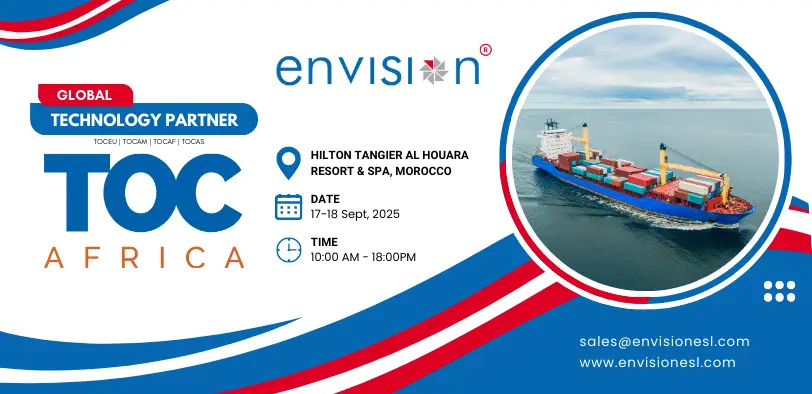
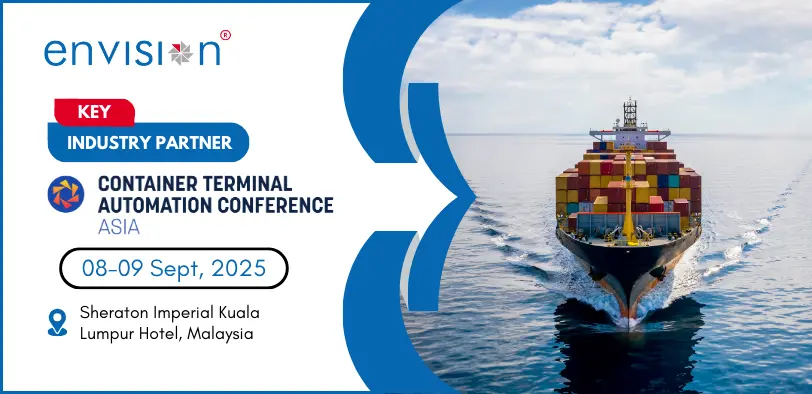
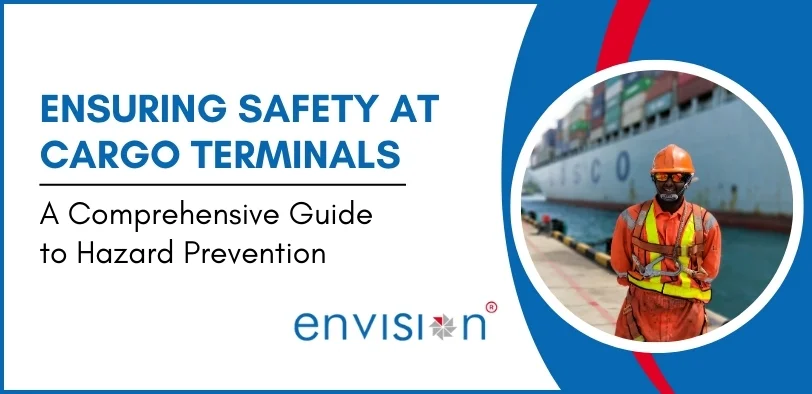
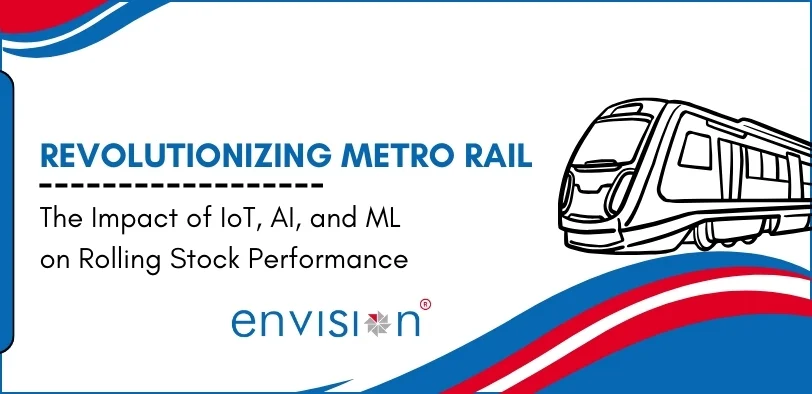
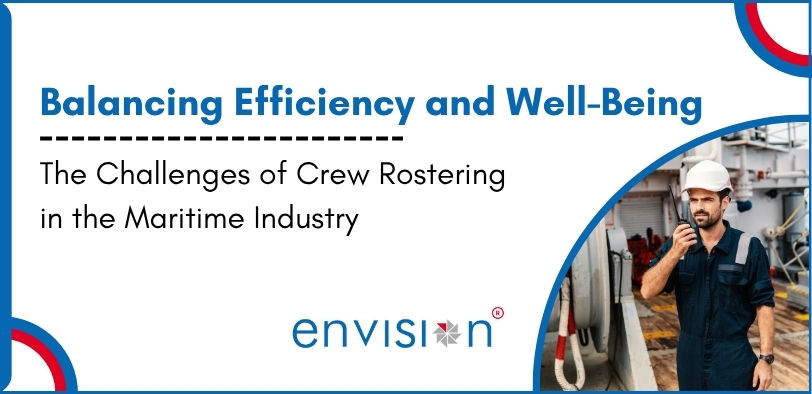
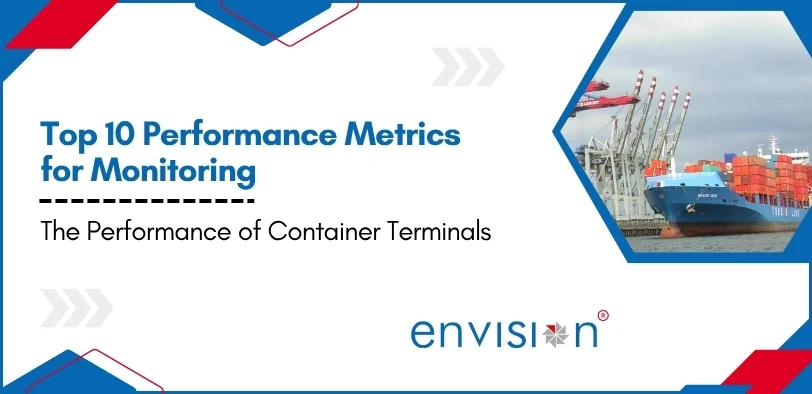
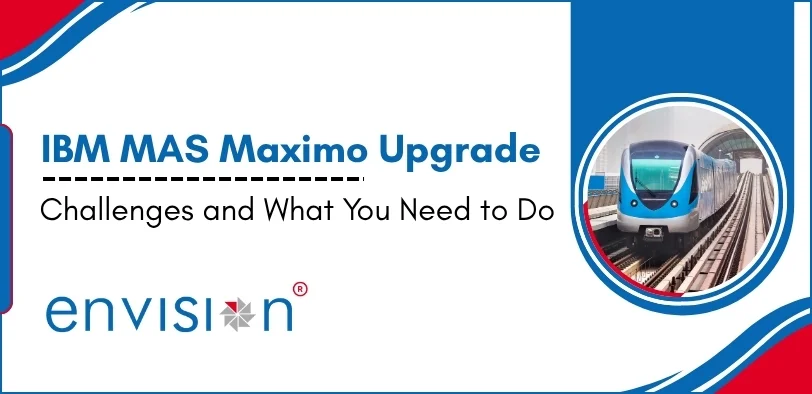
.webp)
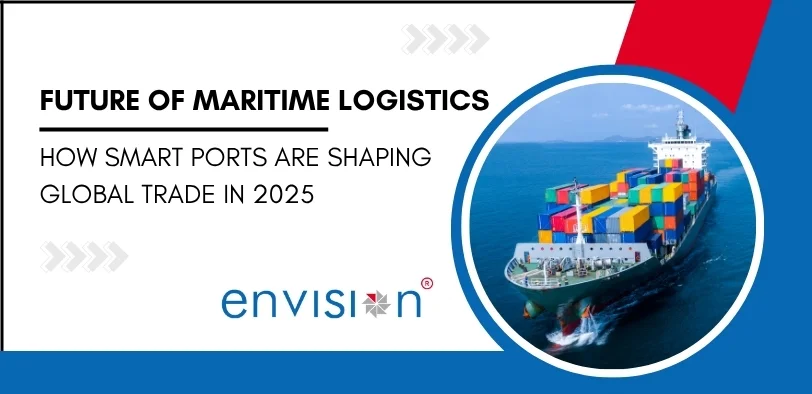







%20ver1_1.webp)







.webp)
.png)
.png)







































